“Some people don't like change, but you need to embrace change if the alternative is disaster.” – Said Founder of Tesla Elon Musk
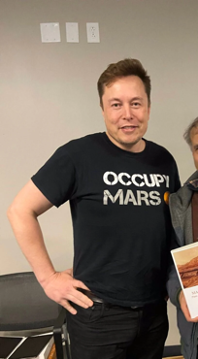
“Some people don't like change, but you need to embrace change if the alternative is disaster.” – Said Founder of Tesla Elon Musk

Global Market Comments
September 6, 2022
Fiat Lux
Featured Trade:
(MARKET OUTLOOK FOR THE WEEK AHEAD, or WELCOME TO THE ROLLING RECESSION),
(AAPL), (NVDA), (TSLA), (USO), (BTC), (MSFT), (CRM), (V), (BA), (MSFT), (CRM), (DIS)
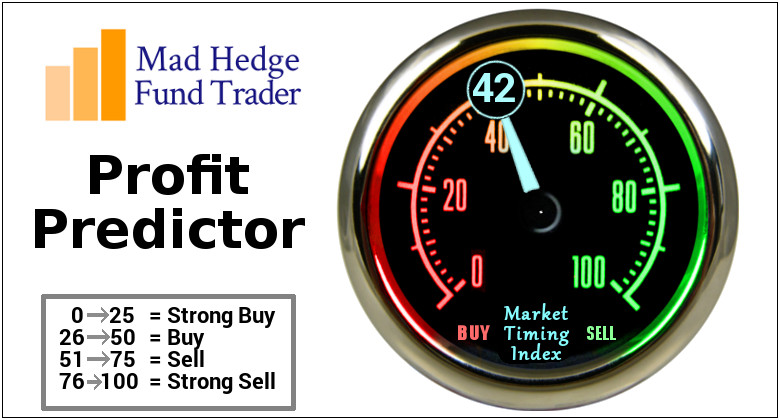
The airline business is booming but homebuilders are in utter despair. Hotel rooms are seeing extortionate 56% YOY price increases, while residential real estate brokers are falling flat on their faces.
It’s a recession that’s here, there, and nowhere.
Welcome to the rolling recession.
If you are lucky enough to work in a handful of in-demand industries, times have never been better. If you aren’t, then it’s Armageddon.
Look at single industries one at a time, as the media tends to do, business conditions are the worst since the Great Depression and pessimism is rampant. Look at Tesla, where there is a one-year wait to get a Model X, and there is either a modest recession on the menu, or simply slowing growth at worst.
Notice that a lot of commentators are using the word “normally”. News Flash: nothing has been normal with this economy for three years.
Which leaves us with dueling yearend forecasts for the S&P 500. It will either be at 3,900, where it is now, or 4,800. A market that is unchanged, worst case, and up 20% best case sounds like a pretty good bet to me. The prospects for individual stocks, like Tesla (TSLA), Microsoft (MSFT), or NVIDIA (NVDA) are even better, with a chance of 20% of downside or 200% of upside.
I’ll sit back and wait for the market to tell me what to do. In the meantime, I am very happy to be up 60% on the year and 90% in cash.
An interesting thing is happening to big-cap tech stocks these days. They are starting to command bigger premiums both in the main market and in other technology stocks as well.
That is because investors are willing to pay up for the “safest” stocks. In effect, they have become the new investment insurance policy. Look no further than Apple (AAPL) which, after a modest 14% decline earlier this year, managed a heroic 30% gain. Steve Jobs’ creation now boasts a hefty 28X earnings multiple. Remember when it was only 9X?
Remember, the stock sells off on major iPhone general launches like we are getting this week, so I’d be careful that my “insurance policy” doesn’t come back and bite me in the ass.
Nonfarm Payroll Report Drops to 315,000 in August, a big decline, and the Headline Unemployment Rate jumps to 3.7%. The Labor Force Participation Rate increased to 62.4%. The “discouraged worker” U-6 unemployment rate jumped to 7.0%. Manufacturing gained 22,000. Stocks loved it, but it makes a 75-basis point in September a sure thing.
Jeremy Grantham Says the Stock Super Bubble Has Yet to Burst, for the seventh consecutive year. If I listened to him, I’d be driving an Uber cab by now, commuting between side jobs at Mcdonald's and Taco Bell. Grantham sees stocks, bonds, commodities, real estate, precious metals, crypto, and collectible Beanie Babies as all overvalued. Even a broken clock is right twice a day unless you’re in the Marine Corps, which uses 24-hour clocks.
Where are the Biggest Buyers on the Dip? Microsoft (MSFT), Salesforce (CRM), and Disney (DIS), followed by Visa (V), and Boeing (BA). Analysts see 20% of upside for (MSFT), 32% for (CRM), and 21% for (DIS). Sure, some of these have already seen big moves. But the smart money is buying Cadillacs at Volkswagen prices, which I have been advocating all year. Take the Powell-induced meltdown as a gift.
The Money Supply is Collapsing, down for four consecutive months. M2 is now only up less than 1% YOY. This usually presages a sharp decline in the inflation rate. With a doubling up of Quantitative Tightening this month, we could get a real shocker of a falling inflation rate on September 13. Online job offers are fading fast and used cars have suddenly become available. This could put in this year’s final bottom for stocks.
California Heads for a Heat Emergency This Weekend, with temperatures of 115 expected. Owners are urged to fully charge their electric cars in advance and thermostats have been moved up to 78 as the electric power grid faces an onslaught of air conditioning demand. The Golden State’s sole remaining Diablo Canyon nuclear power plant has seen its life extended five years to 2030. This time, the state has a new million more storage batteries to help.
Oil (USO) Dives to New 2022 Low on spreading China lockdowns. Take the world’s largest consumer offline and it has a big impact. More lows to come.
NVIDIA (NVDA) Guides Down in the face of new US export restrictions to China. The move will cost them $400 million in revenue. These are on the company’s highest-end A100 and H100 chips which China can’t copy. (AMD) received a similar ban. It seems that China was using them for military AI purposes. The shares took a 9% dive on the news. Cathie Wood’s Ark (ARKK) Funds dove in and bought the lows.
Weekly Jobless Claims Plunge to 232,000, down from 250,000 the previous week for the third consecutive week. No recession in these numbers.
First Solar (FSLR) Increases Output by 70%, thanks to a major tax subsidy push from the Biden Climate Bill. The stock is now up 116% in six weeks. We have been following this company for a decade and regularly fly over its gigantic Nevada solar array. Buy (FSLR) on dips.
Home Prices Retreat in June to an 18% YOY gain, according to the Case Shiller National Home Price Index. That’s down from a 19.9% rate in May. Tampa (35%), Miami (33%), and Dallas (28.2%) showed the biggest gains. Blame the usual suspects.
Tesla (TSLA) Needs $400 Billion to expand its vehicle output to Musk’s 20 million units a year target. One problem: there is currently not enough commodity production in the world to do this. That sets up a bright future for every commodity play out there, except oil.
Bitcoin (BTC) is Headed Back to Cost, after breaking $20,000 on Friday. With the higher cost of electricity and mining bans, spreading the cost of making a new Bitcoin is now above $17,000. It doesn’t help that much of the new crypto infrastructure is falling to pieces.
My Ten-Year View
When we come out the other side of pandemic and the recession, we will be perfectly poised to launch into my new American Golden Age, or the next Roaring Twenties. With oil prices and inflation now rapidly declining, and technology hyper-accelerating, there will be no reason not to. The Dow Average will rise by 800% to 240,000 or more in the coming decade. The America coming out the other side will be far more efficient and profitable than the old. Dow 240,000 here we come!
With a very troublesome flip-flopping market, my August performance still posted a decent +5.13%.
My 2022 year-to-date performance ballooned to +59.96%, a new high. The Dow Average is down -13.20% so far in 2022. It is the greatest outperformance on an index since Mad Hedge Fund Trader started 14 years ago. My trailing one-year return maintains a sky-high +71.90%.
That brings my 14-year total return to +572.52%, some 2.60 times the S&P 500 (SPX) over the same period and a new all-time high. My average annualized return has ratcheted up to +44.90%, easily the highest in the industry.
We need to keep an eye on the number of US Coronavirus cases at 94.7 million, up 300,000 in a week and deaths topping 1,047,000 and have only increased by 2,000 in the past week. You can find the data here.
On Monday, September 5 markets are closed for Labor Day.
On Tuesday, September 6 at 7:00 AM, the ISM Non-Manufacturing PMI for August is out.
On Wednesday, September 7 at 11:00 AM, the Fed Beige Book for July is published.
On Thursday, September 8 at 8:30 AM, Weekly Jobless Claims are announced.
On Friday, September 9 at 2:00 the Baker Hughes Oil Rig Count is out.
As for me, the first thing I did when I received a big performance bonus from Morgan Stanley in London in 1988 was to run out and buy my own airplane.
By the early 1980s, I’d been flying for over a decade. But it was always in someone else’s plane: a friend’s, the government’s, a rental. And heaven help you if you broke it!
I researched the market endlessly, as I do with everything, and concluded that what I really needed was a six-passenger Cessna 340 pressurized twin turbo parked in Santa Barbara, CA. After all, the British pound had just enjoyed a surge again the US dollar so American planes were a bargain. It had a range of 1,448 miles and therefore was perfect for flying around Europe.
The sensible thing to do would have been to hire a professional ferry company to fly it across the pond. But what’s the fun in that? So, I decided to do it myself with a copilot I knew to keep me company. Even more challenging was that I only had three days to make the trip, as I had to be at my trading desk at Morgan Stanley on Monday morning.
The trip proved eventful from the first night. I was asleep in the back seat over Grand Junction, CO when I was suddenly awoken by the plane veering sharply left. My co-pilot had fallen asleep, running the port wing tanks dry and shutting down the engine. He used the emergency boost pump to get it restarted. I spent the rest of the night in the co-pilot’s seat trading airplane stories.
The stops at Kansas City, MO, Koshokton, OH, Bangor, ME proved uneventful. Then we refueled at Goose Bay, Labrador in Canada, held our breath and took off for our first Atlantic leg.
Flying the Atlantic in 1988 is not the same as it is today. There were no navigational aids and GPS was still top secret. There were only a handful of landing strips left over from the WWII summer ferry route, and Greenland was still littered with Mustang’s, B-17’s, B24’s, and DC-3’s. Many of these planes were later salvaged when they became immensely valuable. The weather was notorious. And a compass was useless, as we flew so close to the magnetic North Pole the needle would spin in circles.
But we did have NORAD, or America’s early warning system against a Russian missile attack.
The practice back then was to call a secret base somewhere in Northern Greenland called “Sob Story.” Why it was called that I can only guess, but I think it has something to do with a shortage of women. An Air Force technician would mark your position on the radar. Then you called him again two hours later and he gave you the heading you needed to get to Iceland. At no time did he tell you where HE was.
It was a pretty sketchy system, but it usually worked.
To keep from falling asleep, the solo pilots ferrying aircraft all chatted on frequency 123.45 MHz. Suddenly, we heard a mayday call. A female pilot had taken the backseat out of a Cessna 152 and put in a fuel bladder to make the transatlantic range. The problem was that the pump from the bladder to the main fuel tank didn’t work. With eight pilots chipping in ideas, she finally fixed it. But it was a hair-raising hour. There is no air-sea rescue in the Arctic Ocean.
I decided to play it safe and pick up extra fuel in Godthab, Greenland. Godthab has your worst nightmare of an approach, called a DME Arc. You fly a specific radial from the landing strip, keeping your distance constant. Then at an exact angle you turn sharply right and begin a descent. If you go one degree further, you crash into a 5,000-foot cliff. Needless to say, this place is fogged 365 days a year.
I executed the arc perfectly, keeping a threatening mountain on my left while landing. The clouds mercifully parted at 1,000 feet and I landed. When I climbed out of the plane to clear Danish customs (yes, it’s theirs), I noticed a metallic scraping sound. The runway was covered with aircraft parts. I looked around and there were at least a dozen crashed airplanes along the runway. I realized then that the weather here was so dire that pilots would rather crash their planes than attempt a second go.
When I took off from Godthab, I was low enough to see the many things that Greenland is famous for polar bears, walruses, and natives paddling in deerskin kayaks. It was all fascinating.
I called into Sob Story a second time for my heading, did some rapid calculations, and thought “damn”. We didn’t have enough fuel to make it to Iceland. The wind had shifted from a 70 MPH tailwind to a 70 MPH headwind, not unusual in Greenland. I slowed down the plane and configured it for maximum range.
I put out my own mayday call saying we might have to ditch, and Reykjavik Control said they would send out an orange bedecked Westland Super Lynch rescue helicopter to follow me in. I spotted it 50 miles out. I completed a five-hour flight and had 15 minutes of fuel left, kissing the ground after landing.
I went over to Air Sea rescue to thank them for a job well done and asked them what the survival rate for ditching in the North Atlantic was. They replied that even with a bright orange survival suit on, which I had, it was only about half.
Prestwick, Scotland was uneventful, just rain as usual. The hilarious thing about flying the full length of England was that when I reported my position in, the accents changed every 20 miles. I put the plane down at my home base of Leavesden and parked the Cessna next to a Mustang owned by a rock star.
I asked my pilot if ferrying planes across the Atlantic was also so exciting. He dryly answered “Yes.” He told me that in a normal year, about 10% of the planes go missing.
I raced home, changed clothes, and strode into Morgan Stanley’s office in my pin-stripped suit right on time. I didn’t say a word about what I just accomplished.
The word slowly leaked out and at lunch, the team gathered around to congratulate me and listen to some war stories.
Stay healthy,
John Thomas
CEO & Publisher
The Diary of a Mad Hedge Fund Trader
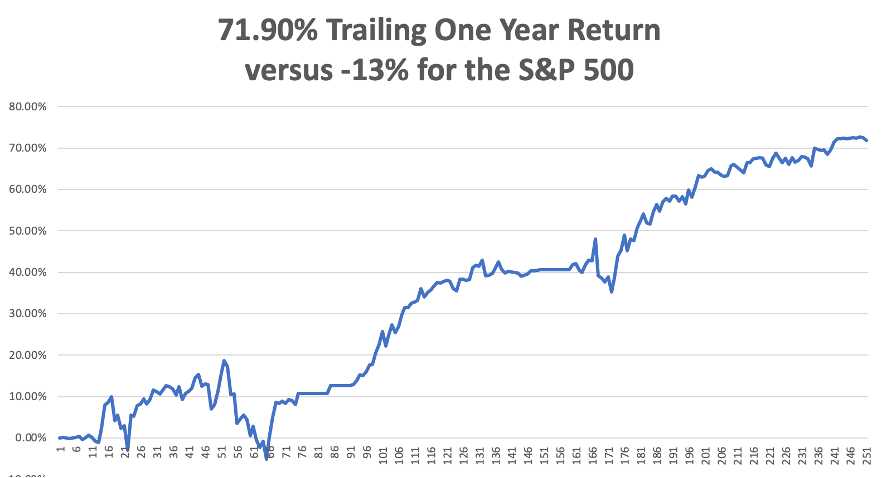
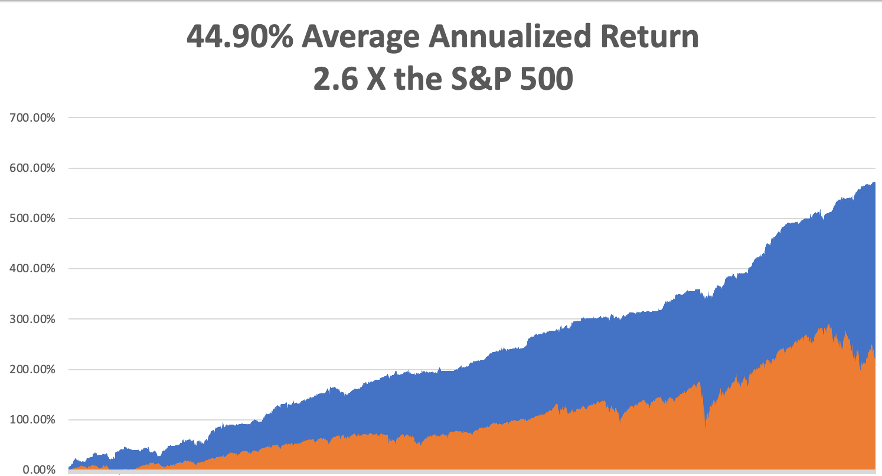

Flying the Atlantic in 1988
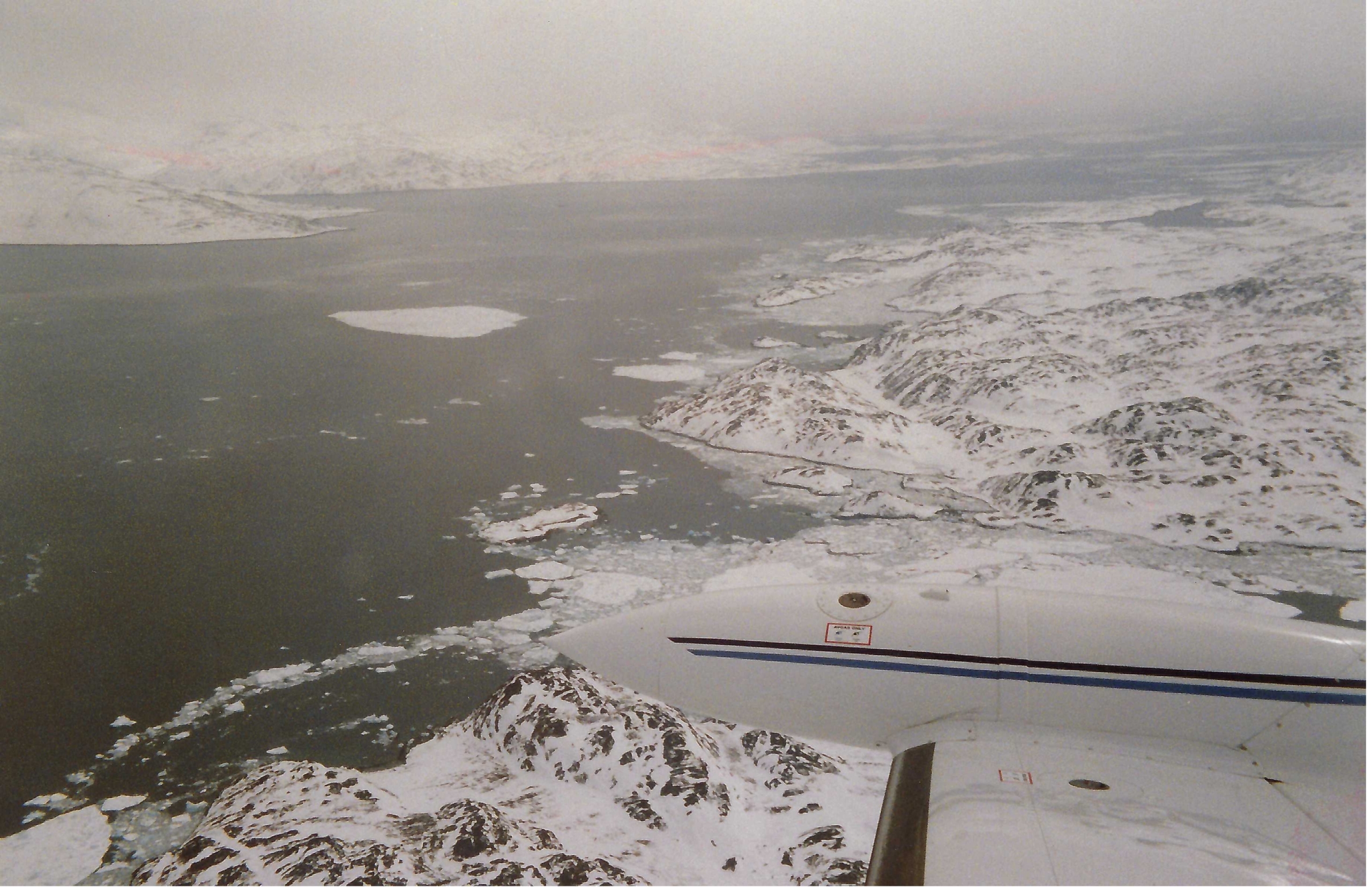
Looking for a Place to Land in Greenland
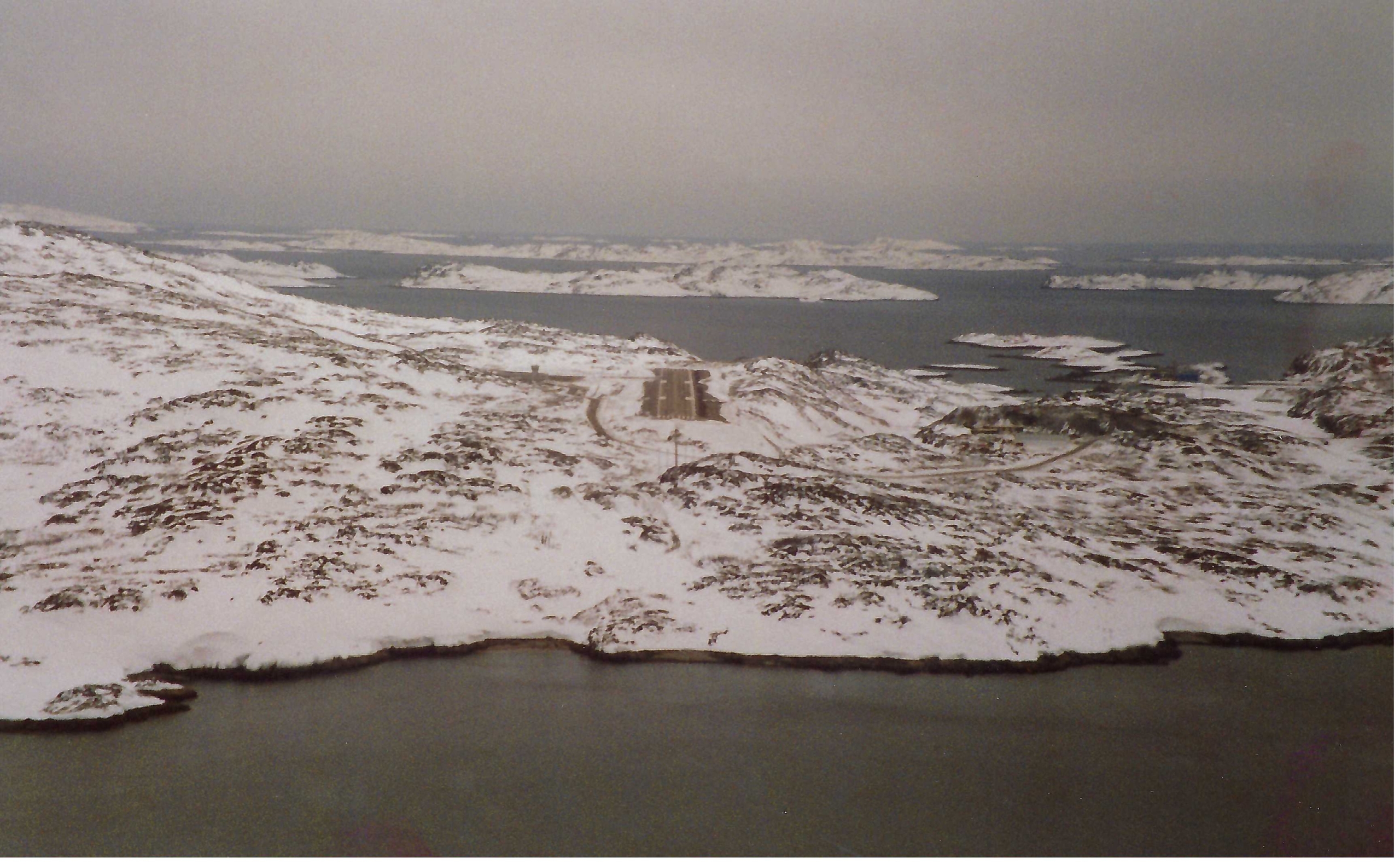
Landing on a Postage Stamp in Godthab, Greenland
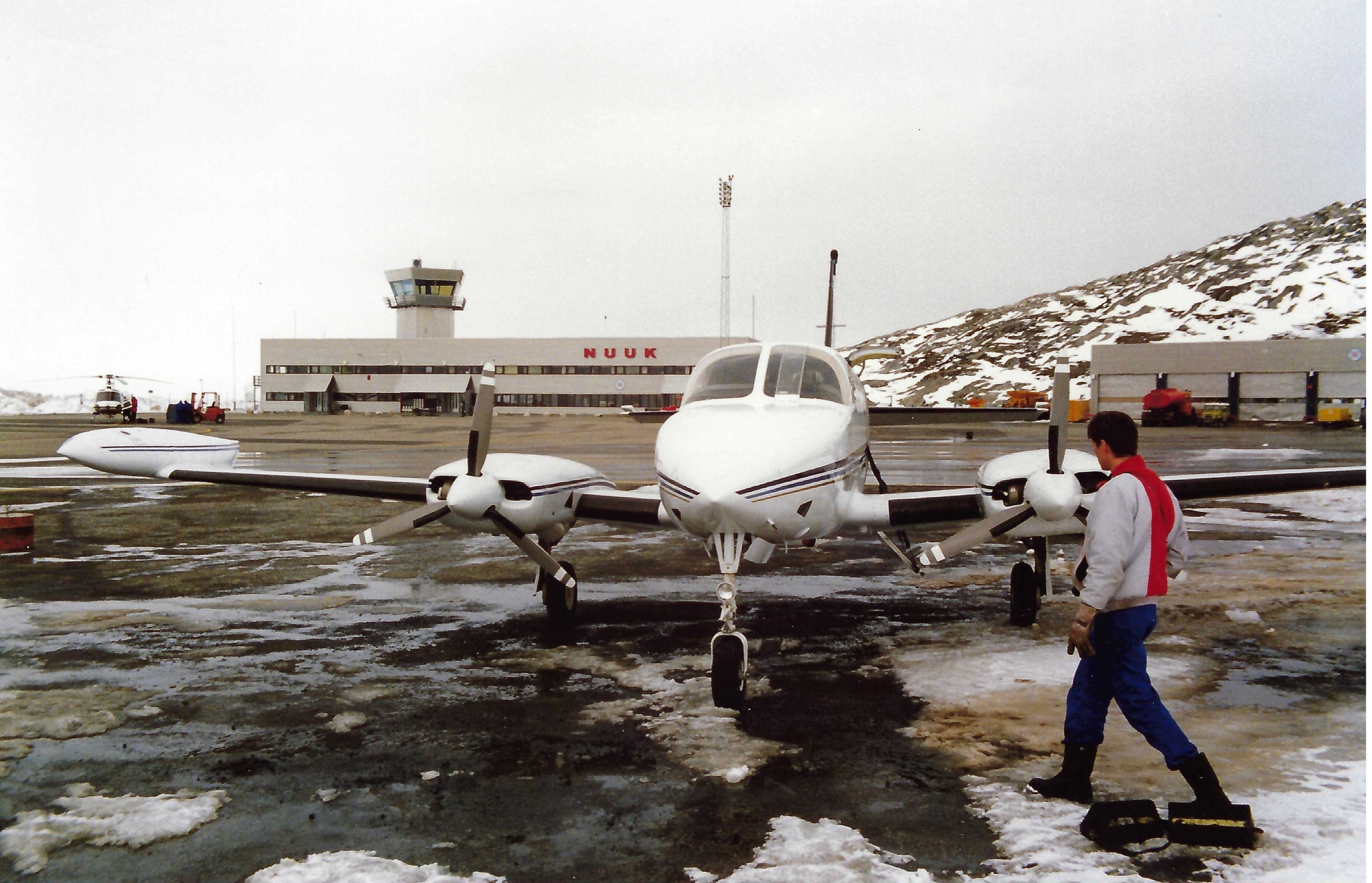
No Such a Great Landing
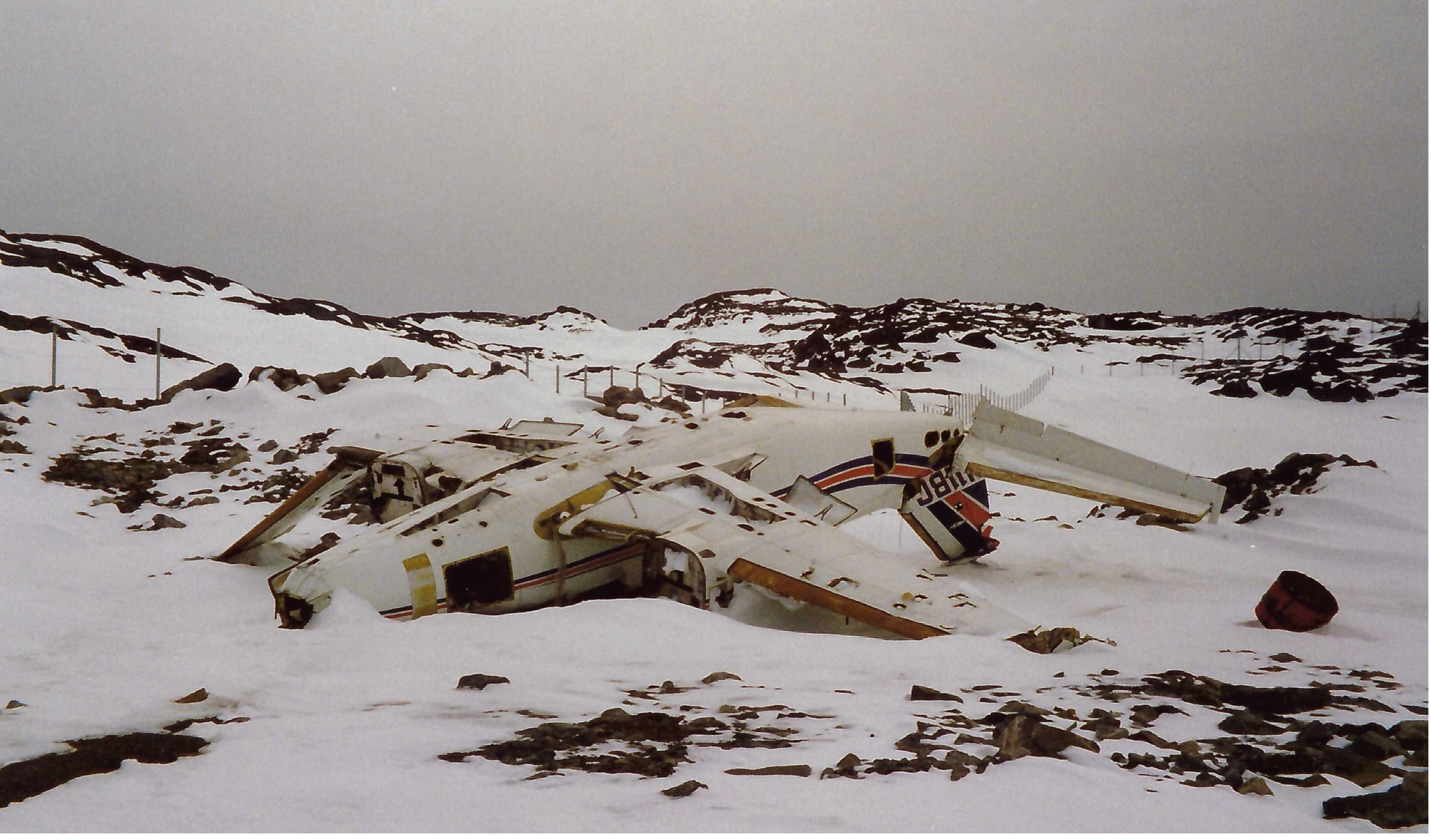
No Such a Great Landing

Flying Low Across Greenland

Gassing Up in Iceland
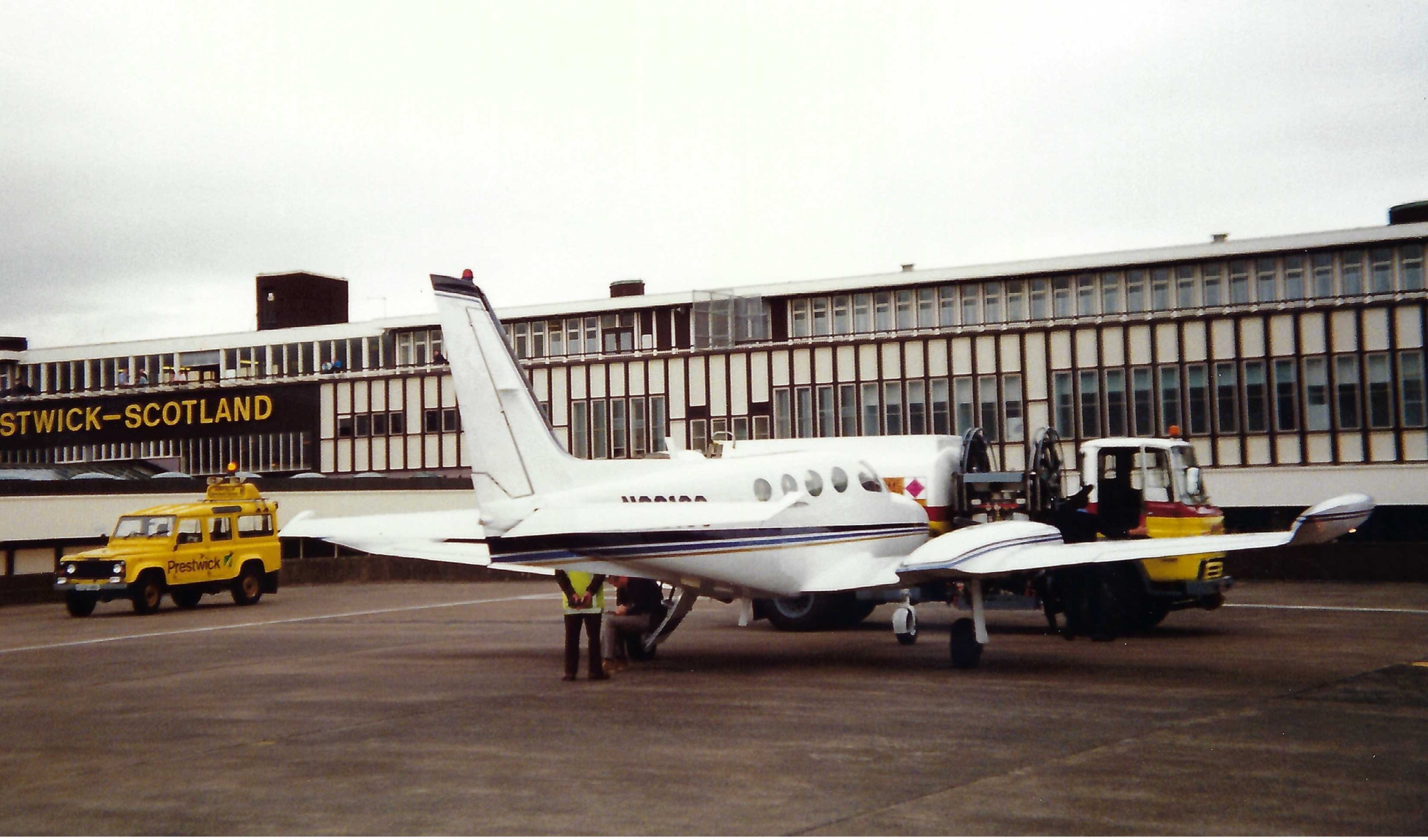
Almost Home at Prestwick
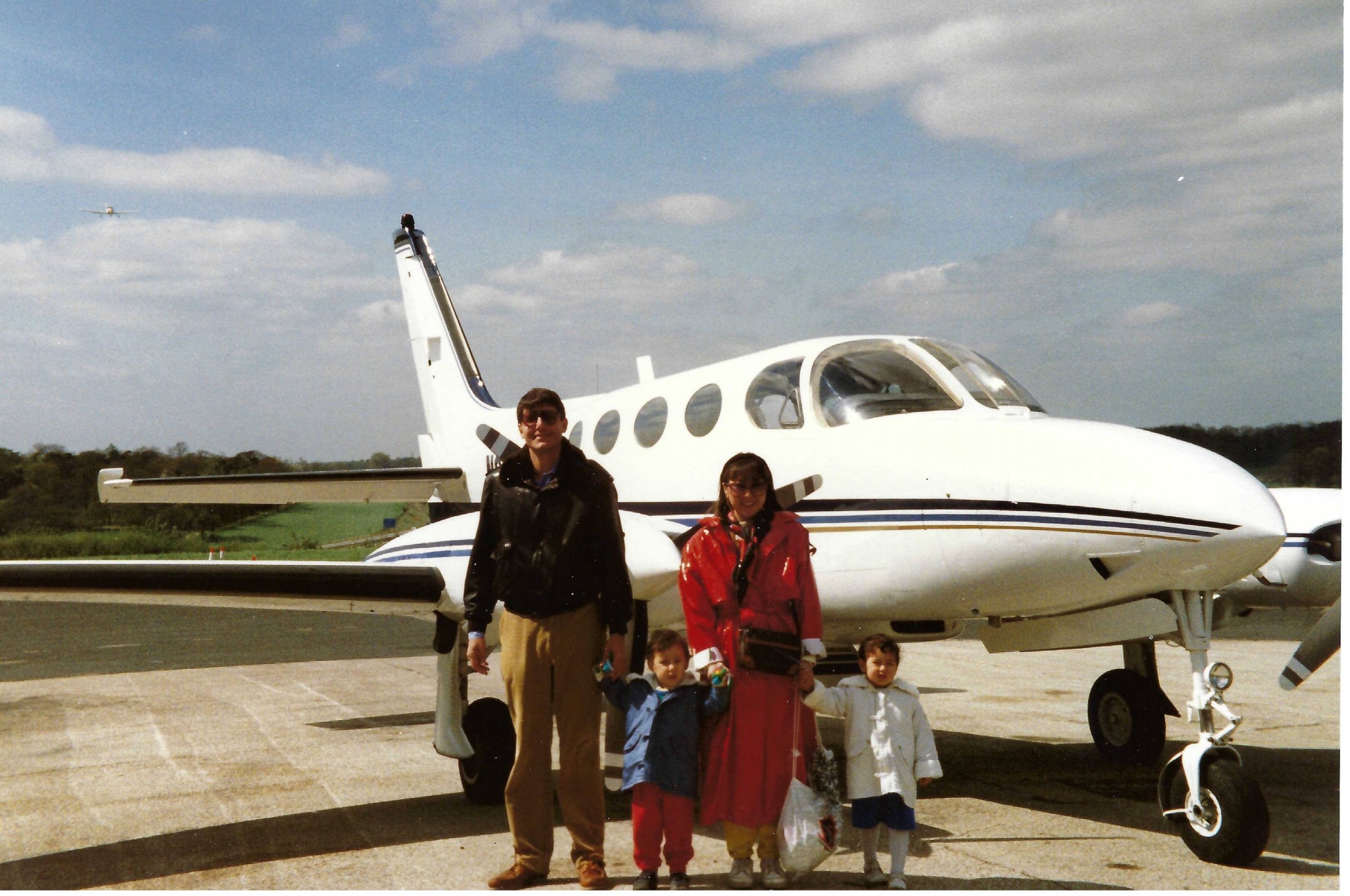
Back to London in 1988
Global Market Comments
September 2, 2022
Fiat Lux
Featured Trade:
(GET READY TO TAKE A LEAP BACK INTO LEAPS),
(AAPL)
(TESTIMONIAL)
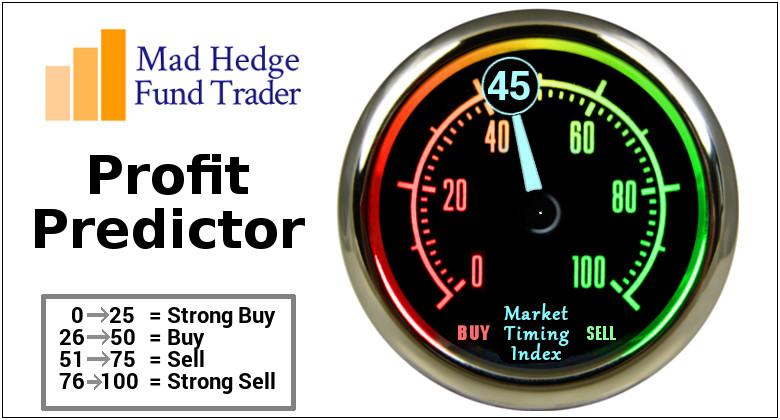
Just as every cloud has a silver lining, every stock market crash offers generational opportunities.
September and October are now upon us, for the past 100 years, the two worst trading months of the year. That means they are also the best months for entering spectacular trades with LEAPS.
What are LEAPS you make ask?
This is the best strategy with which to cash in on the gigantic market swoons, which have become a regular feature of our markets, especially in 2022.
LEAPS, or Long Term Equity Anticipation Securities, are just a fancy name for a stock option spread with a maturity of more than one year.
You execute orders for these securities on your options online trading platform, pay options commissions, and endure options like volatility.
Another way of describing LEAPS is that they offer a way to rent stocks instead of buying them, with the prospect of enjoying years’ worth of stock gains for a fraction of the price.
While these are highly leveraged instruments, you can’t lose any more money than you put into them. Your risk is well defined. But you get 10X or more exposure to the stock. They are kind of like synthetic futures on individual stocks.
And there are many companies in the market where LEAPS is a very good idea, especially on those gut-wrenching 1,000-point down days.
Interested?
Currently, LEAPS are listed all the way out until January 2025.
However, the further expiration dates will have far less liquidity than near-month options, so they are not a great short-term trading vehicle. That is why limit orders in LEAPS, as opposed to market orders, are crucial.
These are really for your buy-and-forget investment portfolio, defined benefit plan, 401k, or IRA.
Because of the long maturities, premiums can be enormous. However, there is more than one way to skin a cat, and the profit opportunities here can be astronomical.
Like all options contracts, a LEAPS gives its owner the right to "exercise" the option to buy or sell 100 shares of stock at a set price for a given time.
LEAPS have been around since 1990, and trade on the Chicago Board Options Exchange (CBOE).
To participate, you need an options account with a brokerage house, an easy process that mainly involves acknowledging the risk disclosures that no one ever reads.
If a LEAPS expires "out-of-the-money" – when exercising, you can lose all the money that was spent on the premium to buy it. There's no toughing it out waiting for a recovery, as with actual shares of stock. Poof, and your money is gone.
LEAPS are also offered on exchange-traded funds (ETFs) that track indices like the Standard & Poor's 500 index (SPY) and the Dow Jones Industrial Average (INDU), so you could bet on up or down moves of the broad market.
One of my most profitable trades in 2021 was the (TLT) December 2022 $$150-$155 vertical bear put LEAPS, which generated a 100% profit for everyone who got into it. Those who bought the more aggressive (TLT) December 2022 $$140-$145 vertical bear put LEAPS made 200%.
I see you’re still interested. For example, the highly popular ProShares 2X Ultra Technology ETF (ROM) only offers maturities out only six months so it is not possible to do a proper LEAPS. No one is willing to take the risk on the other side of this highly volatile security.
Not all stocks have options, and not all stocks with ordinary options also offer LEAPS.
Note that a LEAPS owner does not vote proxies or receive dividends because the underlying stock is owned by the seller, or "writer," of the LEAPS contract until the LEAPS owner exercises.
Despite the Wild West image of options, LEAPS are actually ideal for the right type of conservative investor.
They offer more margin and more efficient use of capital than traditional broker margin accounts. And you don’t have to pay the usurious interest rates that margin accounts usually charge.
And for a moderate increase in risk, they present outsized profit opportunities.
For the right investor, they are the ideal instrument.
Let me go through some examples to show you their inner beauty.
By now, you should all know what vertical bull call spreads are. If you don’t, then please click here for a quickie video tutorial (you must be logged in to your account).
Let’s go back to February 9, 2018 when the Dow Average plunged to its 23,800 low for the year. I then begged you to buy the Apple (AAPL) June 2018 $130-$140 call spread at $8.10, which most of you did. A month later, that position is worth $9.40, up some 16.04%. Not bad.
Now let’s say that instead of buying a spread four months out, you went for the full year and three months, to June 2019.
That identical (AAPL) $130-$140 would have cost $5.50 on February 9. The spread would be worth $9.40 today, up 70.90%, and worth $10 on June 21, 2019, up 81.81%.
So, by holding a 15-month to expiration position for only a month, you get to collect 86.67% of the maximum potential profit of the position.
So, now you know why we leap into LEAPS.
When the meltdown comes, and that could be as soon as next week, use this strategy to jump into longer term positions in the names we have been recommending and you should be able to retire early.
Now you know why I like LEAPS so much. Please play around with the names and the numbers and I’m sure you will find something you like. But remember one thing. LEAPS are only a trade to consider at long time market bottoms, not tops!
They are also the perfect positions to own if you believe we have just entered a second Roaring Twenties and a second American Golden Age, as I do.
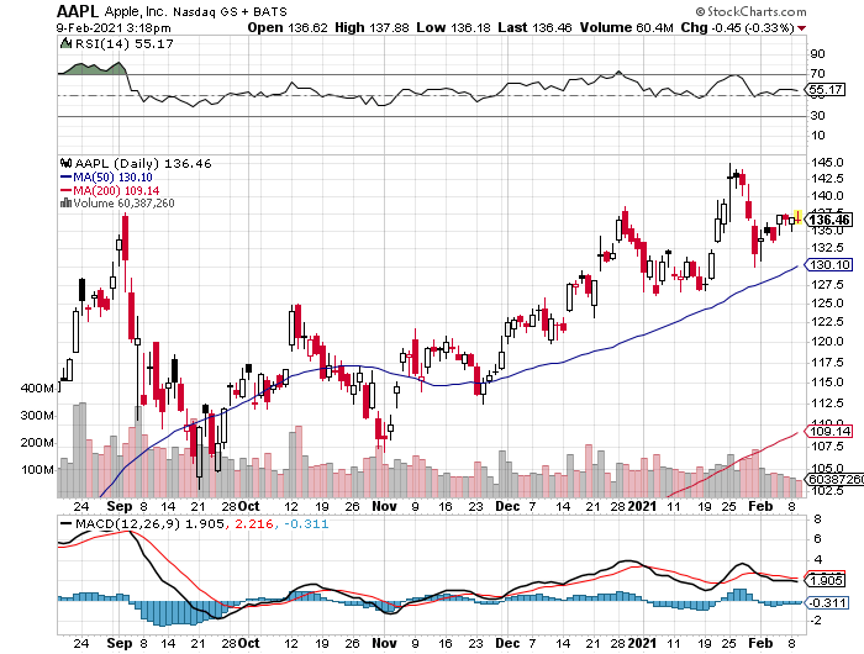

Time to Leap Into LEAPS
Dear John,
I hope you remember me. We once met at a luncheon in Paris a number of summers ago.
Thank you for the suggestion you made during the January 31 webinar about the launch of the Mad Hedge Technology Letter. After the first issue, I bought Micron Technology (MU).
I bought two July $39 Calls for $7.80 and two January 2019 $37 Calls for $11.40. On February 26, I sold one of the July calls for $11.00 (+40.7%) and today the second for $15.70 (+100.0%) for a total profit of $1,105.51.
I still have an unrealized profit of $1,718 on the January 2019 calls. So, if I sell those now, I will have earned $2000 with this trade.
We once met at a very scarcely attended luncheon in Paris a number of summers ago.
Kind regards,
Dirk
Belgium
John Thomas reply: Good work Dirk! Let’s meet in Paris again for lunch this July.

Global Market Comments
September 1, 2022
Fiat Lux
Featured Trade:
(LOOKING AT THE LARGE NUMBERS)
(TLT), (TBT) (BITCOIN), (MSTR), (BLOK), (HUT)
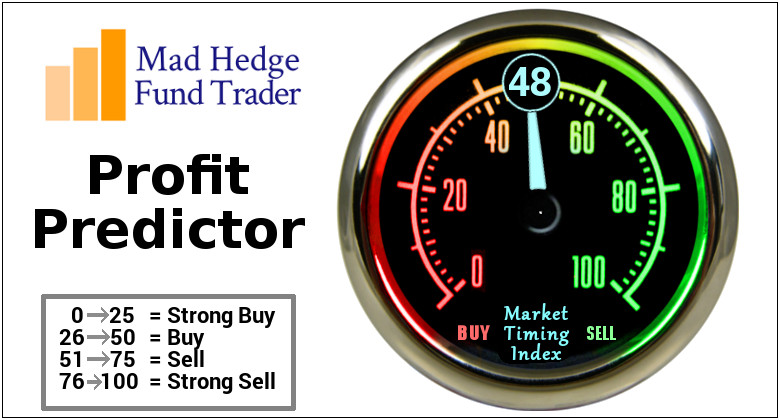
Global Market Comments
August 31, 2022
Fiat Lux
Featured Trade:
(THE LAZY MAN’S GUIDE TO TRADING),
(ROM), (UXI), (BIB), (UYG),
(TESTIMONIAL)
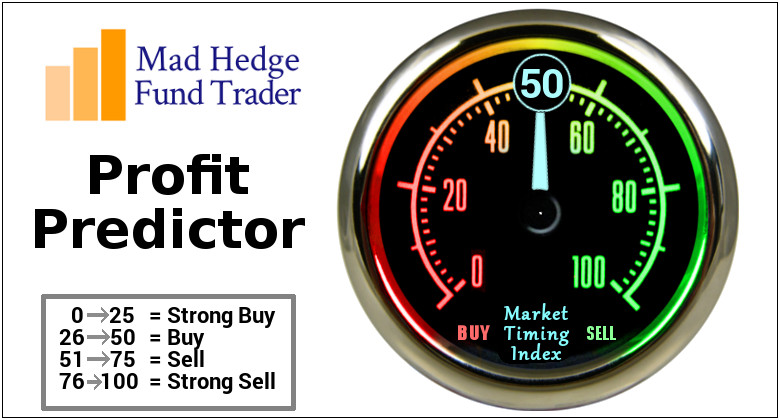
Global Market Comments
August 30, 2022
Fiat Lux
Featured Trade:
(REPORT FROM THE AUGUST 4 TESLA SHAREHOLDERS MEETING),
(TSLA), (F), (GM)

I have to admit, listening in on the August 4 Tesla (TSLA) shareholder’s meeting was something like going to a rock concert.
There was plenty of loud music, shouting fans, flashing lights, and cool videos, and it definitely had its own rock star dancing on the stage in a black suit.
Yet, there was something different too.
Virtually everyone in the room had placed their entire life savings in the company’s stock, thus immeasurably changing their lives for the better. That includes many who bought in during the early days and faced down several bankruptcy scares and short selling attacks along the way, including me (post-split cost basis is now $2.35).
That kind of math gave the room an undeniable electric atmosphere and elevated Musk to God-like status.
After the somewhat dry recitation of the standard numbers, Elon took questions from an adoring audience. His answers were nothing less than amazing. I list the highlights below.
Tesla will soon become the largest company in the world, exceeding Apple’s current $2.6 trillion value. Tesla currently only has a market capitalization of $295 billion.
That means Tesla has to rise by 8.8 times from the current price, or to $2,512 a share just to top Apple in size. That will be the next number traders will gun for.
The company will be at a 2 million units a year run rate by yearend.
Total production has gone from 3,000 cars a year to 3 million in ten years. Cleanest form of exponential growth Musk has ever seen.
Tesla now has a positive cash flow and retained earnings.
Autonomous driving has 90% success rate with left turns. Whether this was a political reference is anyone’s guess. With Musk, you never know.
Roads are designed for biologicals and eyes, not robots. When the full self-driving autopilot is rolled, out it will solve an important AI challenge. Tesla has just raised the price of its autonomous software from $12,000 to $15,000. Multiply that by $3 million and you get the impact on net earnings. It's all profit.
Elevators went from requiring a human operator in the 1920s to pushbuttons by the 1960s. It will be the same with autonomous cars.
Tesla now has the highest operating margin in the global car industry.
Every time competitors like Ford (F) and General Motors (GM) advertise EVs, Tesla sales go up. Tesla may announce a new North American factory location before the end of 2022. The Tesla Fremont factory, which I have toured more than a dozen times, is the most productive car factory in North America by a huge margin.
If you total all electricity produced by Tesla solar panels in the last ten years, it exceeds all electricity needed to make and drive Tesla cars for those ten years. That makes Tesla a giant power net zero.
Future airbags will anticipate crashes in advance instead of waiting for them to happen, making them much more effective.
Total Tesla miles driven is 40 million up until now and will reach 100 million by yearend.
The Tesla AI software will soon be more valuable than the car, with car costs plummeting.
Tesla will need a dozen factories to produce 20 million cars a year, and they already have four. That suggests massive equity fund raises in the future at $10 billion each.
The Fremont, CA factory (the old GM Geo factory which Tesla got for free) is maxed out and can’t be expanded any further. Tesla is aiming for volume production of its new Cybertruck by mid-2023.
The Supercharging network doubles every year and that growth rate will continue.
Prices for more than half of Tesla commodity inputs are trending down, inflation is falling, pointing to a mild recession at worst. We won’t have a big recession because there isn’t fundamental misallocation of capital as was the case in 2007-2008, such as the overbuilding of new homes and excessive leverage in the stock market.
I just thought you’d like to know.
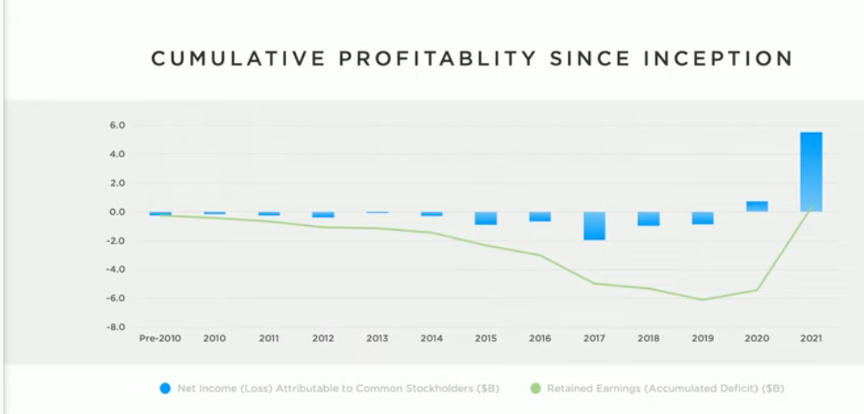
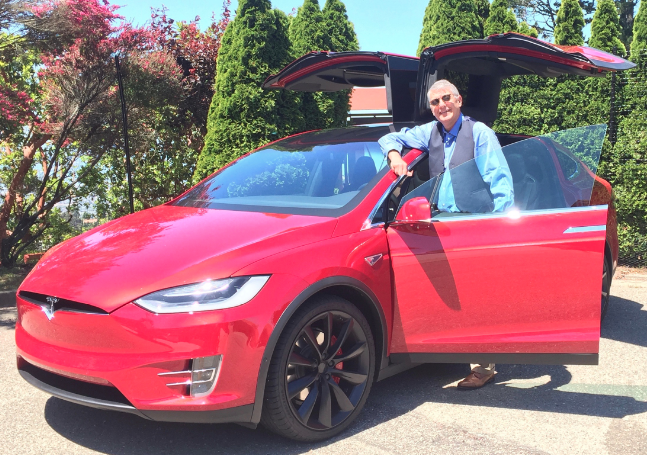
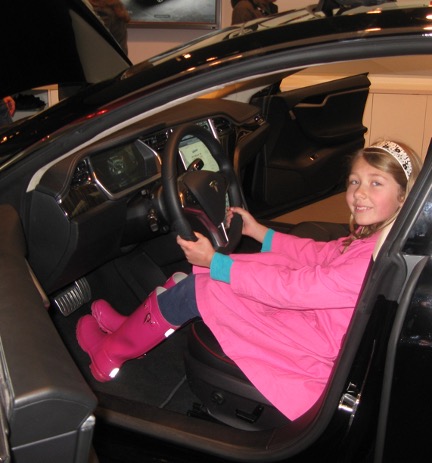

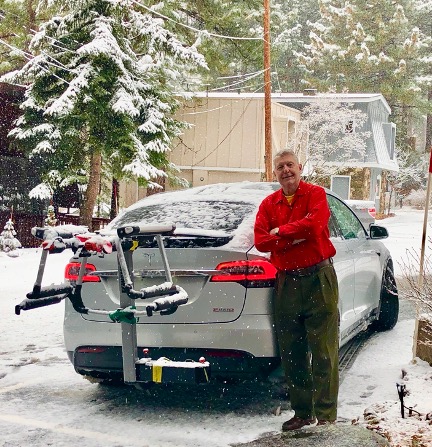
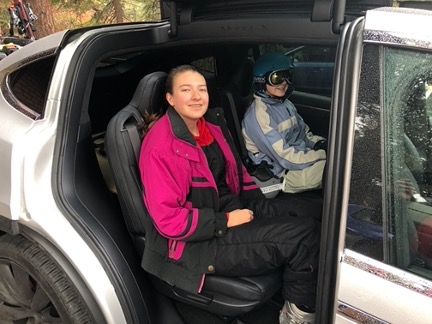
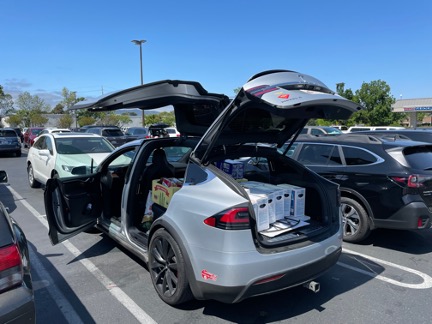
Legal Disclaimer
There is a very high degree of risk involved in trading. Past results are not indicative of future returns. MadHedgeFundTrader.com and all individuals affiliated with this site assume no responsibilities for your trading and investment results. The indicators, strategies, columns, articles and all other features are for educational purposes only and should not be construed as investment advice. Information for futures trading observations are obtained from sources believed to be reliable, but we do not warrant its completeness or accuracy, or warrant any results from the use of the information. Your use of the trading observations is entirely at your own risk and it is your sole responsibility to evaluate the accuracy, completeness and usefulness of the information. You must assess the risk of any trade with your broker and make your own independent decisions regarding any securities mentioned herein. Affiliates of MadHedgeFundTrader.com may have a position or effect transactions in the securities described herein (or options thereon) and/or otherwise employ trading strategies that may be consistent or inconsistent with the provided strategies.
This site uses cookies. By continuing to browse the site, you are agreeing to our use of cookies.
OKLearn moreWe may request cookies to be set on your device. We use cookies to let us know when you visit our websites, how you interact with us, to enrich your user experience, and to customize your relationship with our website.
Click on the different category headings to find out more. You can also change some of your preferences. Note that blocking some types of cookies may impact your experience on our websites and the services we are able to offer.
These cookies are strictly necessary to provide you with services available through our website and to use some of its features.
Because these cookies are strictly necessary to deliver the website, refuseing them will have impact how our site functions. You always can block or delete cookies by changing your browser settings and force blocking all cookies on this website. But this will always prompt you to accept/refuse cookies when revisiting our site.
We fully respect if you want to refuse cookies but to avoid asking you again and again kindly allow us to store a cookie for that. You are free to opt out any time or opt in for other cookies to get a better experience. If you refuse cookies we will remove all set cookies in our domain.
We provide you with a list of stored cookies on your computer in our domain so you can check what we stored. Due to security reasons we are not able to show or modify cookies from other domains. You can check these in your browser security settings.
These cookies collect information that is used either in aggregate form to help us understand how our website is being used or how effective our marketing campaigns are, or to help us customize our website and application for you in order to enhance your experience.
If you do not want that we track your visist to our site you can disable tracking in your browser here:
We also use different external services like Google Webfonts, Google Maps, and external Video providers. Since these providers may collect personal data like your IP address we allow you to block them here. Please be aware that this might heavily reduce the functionality and appearance of our site. Changes will take effect once you reload the page.
Google Webfont Settings:
Google Map Settings:
Vimeo and Youtube video embeds:
